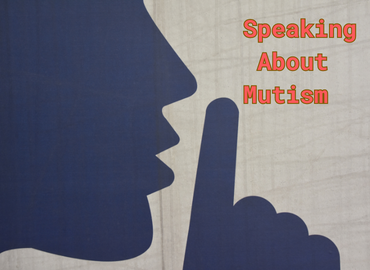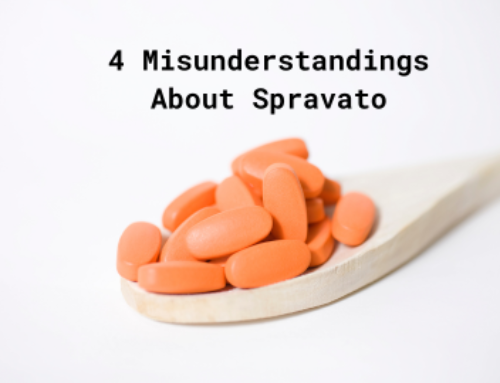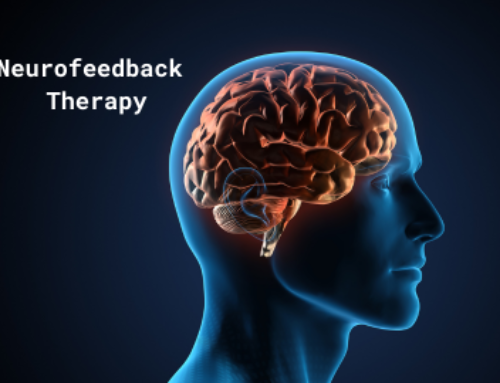Speaking About Mutism
Mutism means that someone cannot or will not speak, to the degree that it interferes with their daily life. This does not mean that people with mutism can’t express themselves. Some can speak under certain circumstances, others can write, type, or take up sign language.
Mutism rarely presents alone. In the majority of instances, mutism presents alongside other cognitive and behavioral disorders. The following are some types of mutism and their causes.
Some circumstances that can cause and/or exacerbate mutism are:
− Simply having a very shy personality made overwhelming by other factors
− Suffering emotional, sexual, and/or physical abuse
− Having an anxiety disorder, like social anxiety or separation anxiety
− Having a learning disability
− Having a sensory processing disorder
− Being on the autism spectrum
− Social isolation
Selective mutism is thought to be the most common type of mutism. Selective mutism is characterized by being able to speak but feeling unable. This is usually because of extreme social anxiety.
Neurogenic mutism is involuntary mutism caused by brain damage. It can last for a long time or a short time and can get better, worse, or stay the same. Much depends on what part of the brain is damaged and how badly. One type of neurogenic mutism is organic mutism. Organic mutism is caused by brain damage from a stroke or drug use. Another type of neurogenic mutism is cerebellar mutism. Cerebellar mutism is caused by the removal of a tumor near the cerebellum, which can greatly affect one’s ability to execute coordinated motion and keep one’s balance.
Neurogenic mutism is often accompanied by aphasia, apraxia, and dysarthria. Aphasia is the term used for difficulty with verbal expression because of a head injury, tumor, or stroke. Aphasia can also present with difficulty handling numbers, telling time, and reading. Apraxia is difficulty or inability to execute purposeful, fine motor movements. Dysarthria is difficulty or inability to move parts of the body used for speaking.
Selective mutism presents most often in children. Children with selective mutism can benefit from phonetics practice and a method called stimulus fading, where the child is placed in a situation where they are comfortable speaking, such as reading a book aloud with a trusted person nearby, and then gradually moving into more difficult scenarios as their skills improve. Children should get plenty of praise and reassurance while they fight mutism. Also, they should be encouraged to use pictures and signs if those help.
Cognitive behavioral therapy (CBT) can also help with selective mutism. CBT is psychotherapy that focuses on the thought patterns and conditioning behind behaviors. For anyone with selective mutism, it can be a defense mechanism to prevent trouble, real or perceived, that stems from them speaking, such as if someone is used to being punished for making noise.
Treating neurogenic mutism can be done with physical therapy, medication, and speech therapy. People do not always regain their full power of speech, but medical professionals should explore all available avenues to help them express themselves, such as sign language.
For questions and to make appointments, write to us on our website anytime or call (585) 442-6960.





